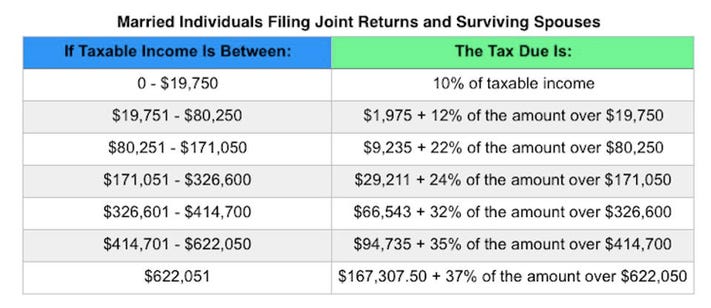Capital Gains are Gains
Capital gains is a topic that is important for anyone looking to grow their wealth. Understanding the two can be the difference between paying 32% or 15% on your income. This is especially important when stock trading. If you trying to buy and sell within a year, you can be in for a large tax bill at the end of the year.
What Are Considered Capital Assets
Capital assets are pieces of property that have significant value to multiple people. This can be stocks, bonds, real estate, jewelry, or anything else that may increase the owners wealth in the future from owning the asset. Your lucky rabbits foot, while valuable to you, is not a capital asset. For companies, this term refers to anything that has a useful life for longer than a year. It is important to note if one of your assets is considered a capital asset. If it is, the sale of that asset has tax implications.
Long-term Capital Gains
Long-term capital gains are when you keep your capital assets for over a year before selling them. Consider if you bought 10 shares of Apple stock. If you held them for 3 years before selling them, then you would have to pay long-term capital gains tax on your “gains.” Meaning if you bought them for $100 and you sell them for $150, your gains are $50 per share, or $500 for the 10 shares.
Long-term capital gains are taxed according to your taxable income in three brackets, 0%, 15%, and 20%. The caps for the first two are $80,000, and $441,450 if you are single and $496,600 if married, respectfully. As you can see, most people wont exceed the 15% tax bracket. You can also see why this is beneficial if you look at the 2020 Tax Table. If you make over $80,000, you’ll pay less in taxes through long-term capital gains than you would on your W2 job.

Short-term Capital Gains
Short-term capital gains are assets that were sold within the first year of ownership. The gains from the sale of these assets are filed under ordinary income. That means if you made $50,000 a year and you sold the Apple stock within the year for the same profit, your taxable income is now $50,500. that extra $500 is now taxed at 22% instead of 0%.
Day traders have all of their profits under short-term capital gains. This is a strong disadvantage to day trading, options trading, or holding stock for under a year. This is something that should be tracked. If you are trading in the short-term realm, then you can easily put yourself in a higher tax bracket than you want to be. On the other hand, if you are in a state with no income tax, then you will pay no capital gains tax on your state taxes.
Capital Gains: Know the Difference
Long-term capital gains are more tax friendly, but you have to park your money for a year. This may not be the best for your situation. But, understanding the tax brackets, or how to deduct things like real estate from your income, you may be able to make short-term gains work for you.
Disclaimer
Once again, I am not a financial advisor. These tips are some things I have validated with my own personal experiences. If you feel you need more personal advice, please consult a professional financial advisor. Dont forget to check out the Book List for published authors on this topic!




